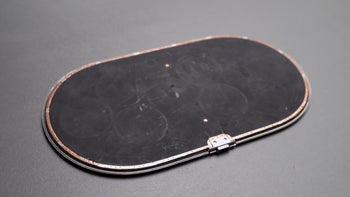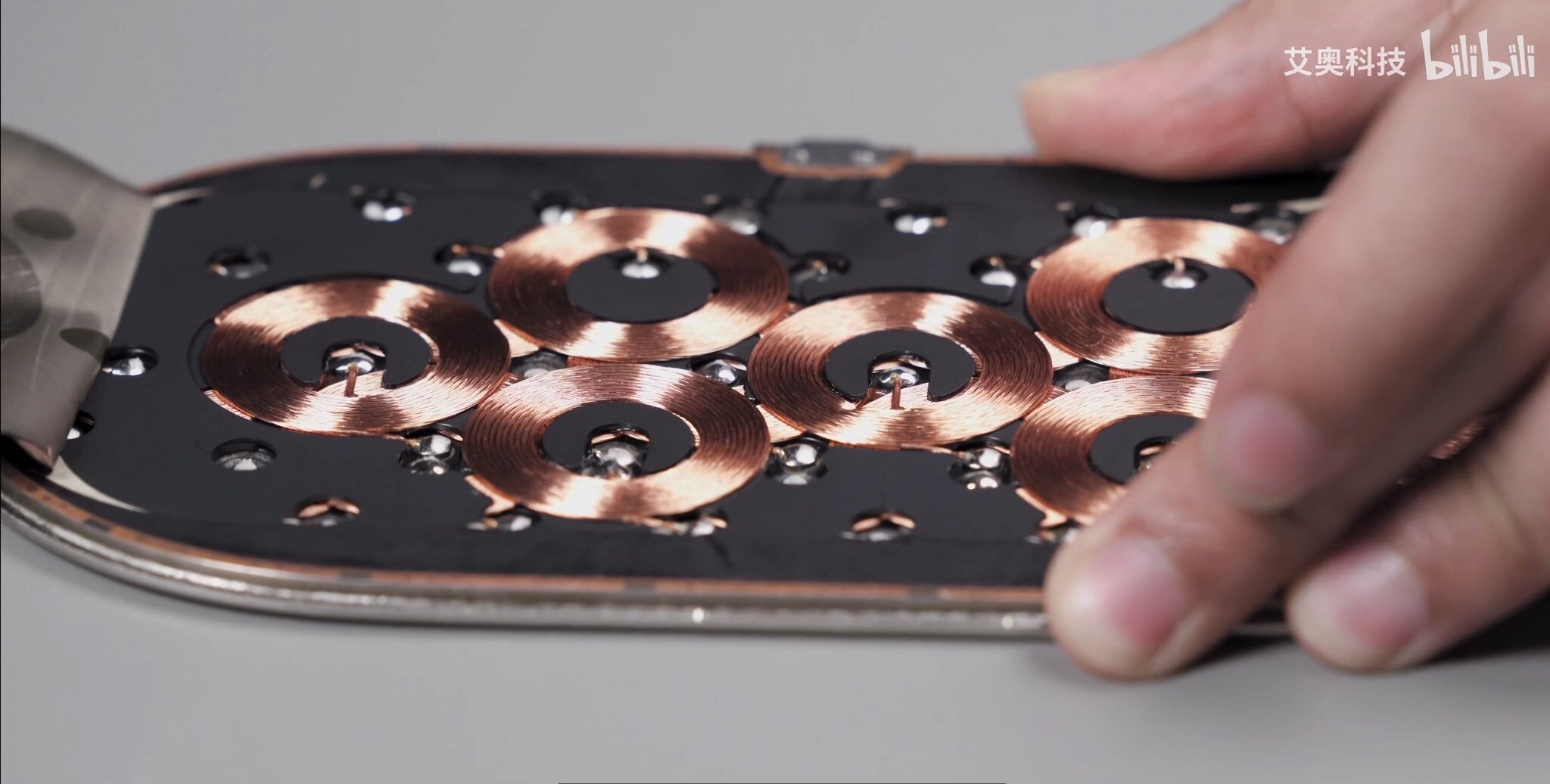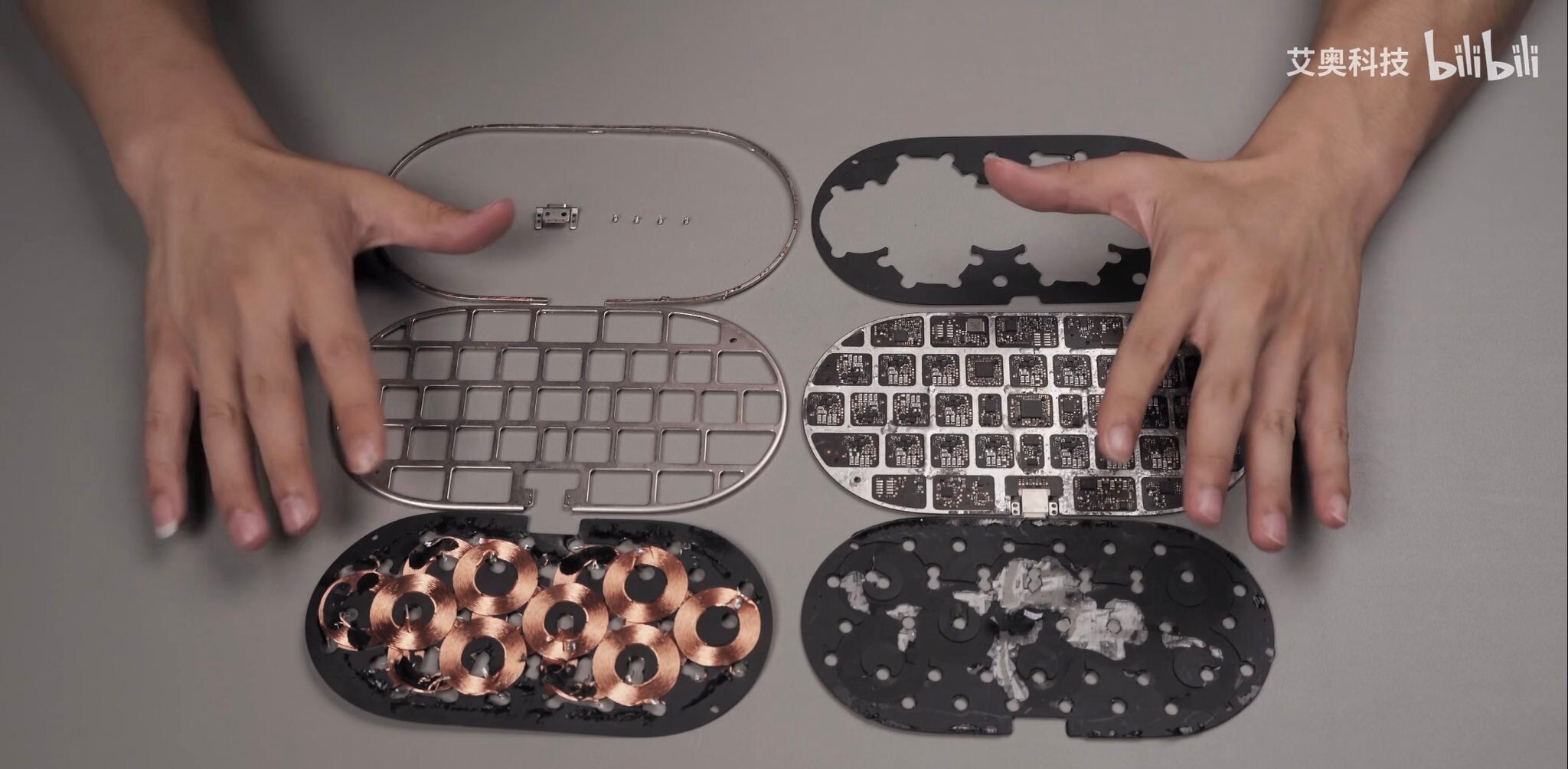Teardown of AirPower makes it clear why Apple had issues with the device

In March 2019, Apple took its AirPower wireless charging pad out to the back of the shed and shot it dead after 562 days. The pad was designed to charge an iPhone, an Apple Watch and the AirPods wireless charging case simultaneously. The pad also was supposed to charge these devices no matter where they were placed on it. Ambitious to be sure, AirPower was introduced in September 2017 at the same event that Apple unveiled the iPhone 8 line and the iPhone X.
AirPower teardown explains why Apple had to put the kibosh on the project at first
After Apple stopped working on AirPower last year, rumors starting surfacing this year that the company had started work on the accessory from scratch.Twitter Tipster Jon Prosser tweeted a pair of leaked photos back in June showing the new mat working with an Apple Watch Series 5 and a the aforementioned AirPods wireless charging case. Two months ago, Prosser said that the revised AirPower will be launched in the current quarter or the first quarter of next year priced at $250.

The original AirPower had approximately 14 coils
We can get a better idea why Apple decided to put the kibosh on AirPower last year by looking at a video teardown of the device. The video was posted on bilibili and shared on Twitter by tipster Mr.white (no, not the one who worked for Play Tone records and discovered The Wonders). The video is not in English, but you only need your eyes to see how much AirPower's design reminds you of a QWERTY keyboard. And your eyes also can tell you the story of the 14 tightly wound coils that were supposed to provide power across the entire surface of the mat. The video also shows the Lightning port that was built into the product.
Apple eventually shut down the project by saying that AirPower would not be able to live up to its high standards due to overheating (possibly problems with the coils being placed so close to each other) and the cost of manufacturing the product.

AirPower teardown
There are some other companies who have been able to accomplish what Apple couldn't. Aira, whose charging pad uses 18 coils, displayed a technology on Shark Tank nearly a year ago called "FreePower." Using algorithms that track the location of a device on the pad to activate sweet spots accordingly. On Aira's website, the company noted that different devices have different charging needs. "An iPhone might need more power to charge efficiently, while the AirPods next to it might require a lot less. If the device is Qi-enabled to receive wireless power, it'll charge." Aira also wrote, "FreePower brings freedom to the wireless charging experience. A device placed anywhere on the surface will receive intuitive wireless power. Traditional wireless chargers have a small Sweet Spot in the center of the pad. If a device isn't perfectly aligned, it won't charge...FreePower solves this with its foundationally different wireless power coil matrix, making the wireless charging experience what it was always meant to be - completely effortless and truly convenient."
Nomad's upcoming Base Station Pro is expected to use the "FreePower" technology. And in case you were wondering, Sharks Kevin O'Leary, Lori Greiner, and Robert Herjavec ponied up $500,000 to buy 15% of the company. Mark Cuban begged off because of his interest in over-the-air charging that companies like Energous are working on. Imagine walking into a room with your phone charged at 20% and walking out of that room with the device fully charged after viewing a short film or video. Disney has been working on a similar charging solution for awhile. You might be able to top off your handset in the time it takes to enjoy Space Mountain or some of the parks' other rides.












Things that are NOT allowed: